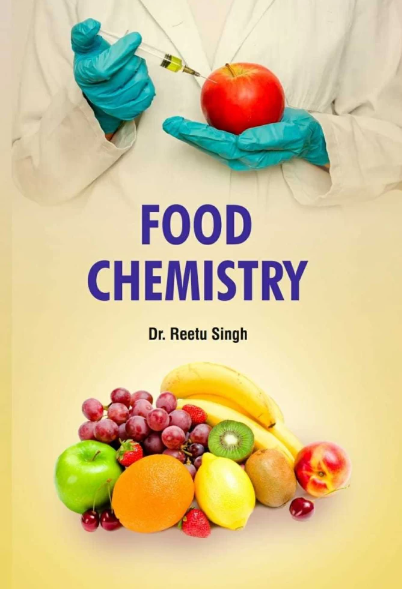Interactions between curcumin and fish−/bovine-derived (type I and II) collagens: Preparation of nanoparticle and their application in Pickering emulsions
IF 8.5
1区 农林科学
Q1 CHEMISTRY, APPLIED
引用次数: 0
Abstract
This study aims to elucidate the interaction mechanisms between curcumin (Cur) and four collagen subtypes (fish type I [FCI], bovine type I [BCI], fish type II [FCII], bovine type II [BCII]), with parallel characterization of the structural and functional attributes of their derived nanoparticles. Type I Collagen/Cur nanoparticles exhibited superior solution stability compared to type II. Cur binding significantly enhanced the surface hydrophobicity, absolute ζ potential, and surface tension of collagen, while reduced dynamic interfacial tension. The binding type of Cur to collagen was static, and binding process was enthalpy-driven exothermic reaction. Molecular dynamics simulations revealed that hydrophobic interactions, hydrogen bonds, and electrostatic forces dominated the binding process. The binding affinity followed the order: FCI/Cur > BCI/Cur > FCII/Cur > BCII/Cur. The binding sites of Cur to type I collagen and type II collagen were around Ser129-Glu135 and Asn179-Ser183 residues. Collagen/Cur nanoparticle stabilized emulsions and improved oxidative stability and storage modulus.

姜黄素与鱼/牛源(I型和II型)胶原的相互作用:纳米颗粒的制备及其在皮克林乳液中的应用
本研究旨在阐明姜黄素(Cur)与四种胶原亚型(鱼I型[FCI]、牛I型[BCI]、鱼II型[FCII]、牛II型[BCII])之间的相互作用机制,并对其衍生纳米颗粒的结构和功能特性进行平行表征。与II型相比,I型胶原/Cur纳米颗粒具有更好的溶液稳定性。Cur结合显著增强了胶原的表面疏水性、绝对ζ电位和表面张力,同时降低了动态界面张力。Cur与胶原蛋白的结合方式为静态结合,结合过程为焓驱动放热反应。分子动力学模拟表明,疏水相互作用、氢键和静电力主导了结合过程。结合亲合力顺序为:FCI/Cur >; BCI/Cur >; FCII/Cur >; BCII/Cur。Cur与I型胶原和II型胶原的结合位点位于Ser129-Glu135和Asn179-Ser183残基附近。胶原蛋白/Cur纳米颗粒稳定乳液,提高氧化稳定性和储存模量。
本文章由计算机程序翻译,如有差异,请以英文原文为准。
求助全文
约1分钟内获得全文
求助全文
来源期刊

Food Chemistry
工程技术-食品科技
CiteScore
16.30
自引率
10.20%
发文量
3130
审稿时长
122 days
期刊介绍:
Food Chemistry publishes original research papers dealing with the advancement of the chemistry and biochemistry of foods or the analytical methods/ approach used. All papers should focus on the novelty of the research carried out.
 求助内容:
求助内容: 应助结果提醒方式:
应助结果提醒方式:


